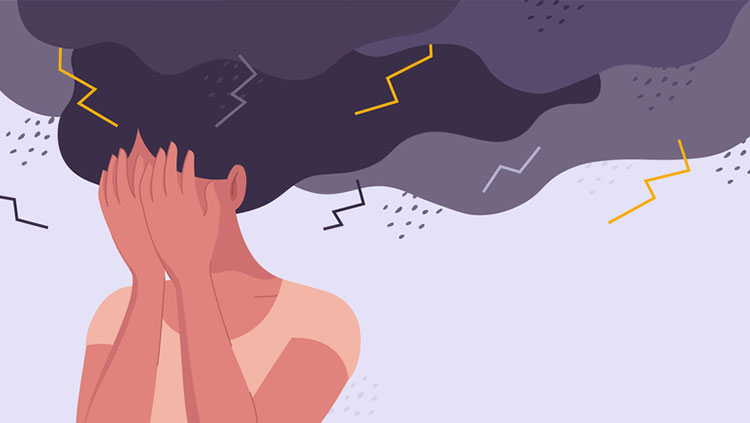The Depression Gender Gap
- Published28 Jun 2019
- Author Alexis Wnuk
- Source BrainFacts/SfN
Around the world, women are more likely than men to be diagnosed with depression. Scientists aren’t sure why this gender gap exists but think it involves both biological differences — genes and hormones — and social factors like stress, poverty, and social status.

Art and design by Adrienne Tong. Reporting by Alexis Wnuk.
Additional reporting and editing by Lynnie Fein-Schaffer, Hannah Zuckerman, and Juliet Beverly.
Created with support from the Stanley Center for Psychiatric Research at Broad Institute.
CONTENT PROVIDED BY
BrainFacts/SfN
References
Center for Behavioral Health Statistics and Quality. (2018). 2017 National Survey on Drug Use and Health: Detailed Tables. Retrieved from Substance Abuse and Mental Health Services Administration website: https://www.samhsa.gov/data/sites/default/files/cbhsq-reports/NSDUHDetailedTabs2017/NSDUHDetailedTabs2017.htm#lotsect8pe
Downing, J. M., & Przedworski, J. M. (2018). Health of Transgender Adults in the U.S., 2014–2016. American Journal of Preventive Medicine, 55(3), 336–344. doi: 10.1016/j.amepre.2018.04.045
Institute for Health Metrics and Evaluation. (2018). Global Burden of Disease 2017. Retrieved from http://ghdx.healthdata.org/gbd-results-tool
Substance Abuse and Mental Health Services Administration. (2018). Key Substance Use and Mental Health Indicators in the United States: Results from the 2017 National Survey on Drug Use and Health (No. HHS Publication No. SMA 18-5068, NSDUH Series H-53). Retrieved from https://www. samhsa.gov/data/
The World Bank. (2018). World Bank Open Data. Retrieved from https://data.worldbank.org/indicator/sp.pop.totl?year_high_desc=true


















